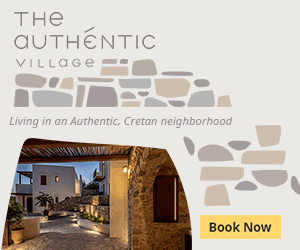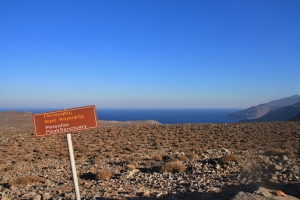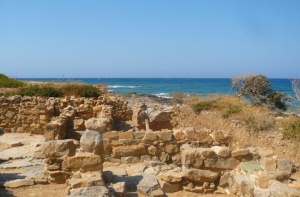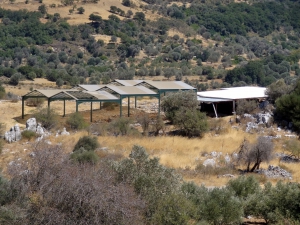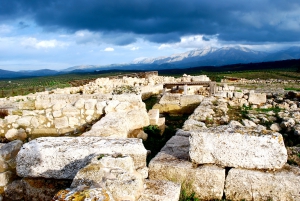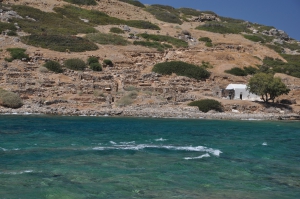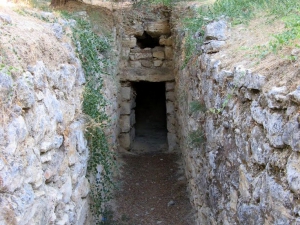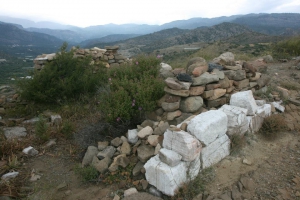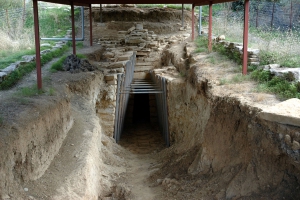Petsofas peak is located near Palekastro and above the archaeological site of Roussolakos. In Minoan times here a peak sanctuary was founded where rituals included the deposition of clay figurines of cattle, men and women.
At Papadiokambos archaeologists have identified a Minoan house of fishermen and farmers covering 130 square meters, which has provided them with great information about the diet of the Minoans. It seems that the house was destroyed while the housewiveswere cooking waiting for their men,but they were lucky to escape alive (but hungry). But the family dog had a bad fortune, as he was found below the collapsed roofs.
Northeast of the village Monastiraki, at position Kokkinos Harakas, the palatial Minoan buildings were brought to light from excavations that started in 1980. The palace covers an estimated area of about 300 acres and its core has been revealed up to now.
The Palace of Galatas is located 30km south of Heraklion, near Arkalochori, at an elevated position with views to south Crete and close to the Minoan sacred cave of Arkalochori.
The islet Scoglio de Muflo of the Venetians, which is the island opposite of Mochlos, seems to have been a very important commercial center and port in antiquity till the Byzantine Era. The island, also called Psilos (i.e. Flea) (opposed to a larger island to the west called Psira, i.e. lice) is an archaeological site that still gets excavated.
South of Aptera we meet the domed tomb of Stylos that came to light in 1961 (looted) by the archaeologists N. Platon, and K. Davaras. This monumental tomb was of a local lord and has a circular stone chamber and long, road corridor (20,80 m long).
The unknown Minoan settlement of Pirgos is located shortly east of the coastal village of Myrtos, by Ierapetra, on a low hill overlooking the east bank of the River Krygios (Cold). It is located on a position overlooking the sea (south) and the forested mountains of Dikti (north) and was selected for settlement by the Minoans ,after leaving the nearby peak of Fournou Kefali. The settlement flourished from 2200 to 1450BC.
Near the village Margarites we meet is a Late Minoan tomb of 1350 BC, which is considered one of the most important sites of the area. An aisle with carved stones leads to a circular domed tomb. Inside it, the bones of four adults and two children were found. From the findings, it seems that they came from higher social and religious level.





